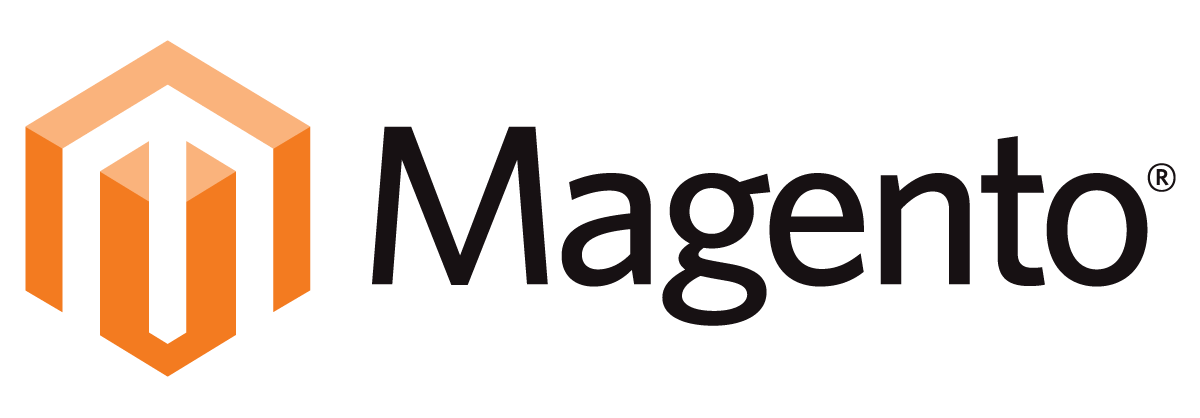When business, ecommerce visitor traffic and product numbers grow to a certain proportion, the number of ecommerce platforms that can suit operations reduces. For large ecommerce operations, a suitable platform is required which can handle large visitor numbers, give the brand the space it needs, and enable growth of business.
For a retailer in this situation, Magento and Shopify Plus are two options worth considering. Magento is one of the world’s most used and hefty ecommerce platforms for large retailers, and it is going through a transition phase. Merchants must transfer to the Magento Commerce 2 version or switch to another platform, as support for the earlier version is being discontinued.
In recent years, Shopify has rapidly increased its market share and many large brands such as Gymshark, Kylie Cosmetics and Redbull have started using Shopify Plus.
How can a business make the right choice of ecommerce platform? How did the transfer go and how will the switch of transfer be seen in the day-to-day work of online stores?
In this article online retailers who have worked with both platforms speak about their experiences. Acon, who makes leisure equipment, and Vallila, a strong player in the interior décor sector, have both switched their ecommerce platform from Magento to the Shopify Plus solution.
Modifiability
The Shopify platform can be modified with the help of off-the-peg themes. A store can be customized to look as the merchant wants it to. In addition, Shopify Plus merchants can modify the online store checkout view, within certain limits.
Vallila, an established retailer of interior textiles and products, updated both its online stores and its enterprise resource planning (ERP) system. The daily processes of the online store have changed – and become easier.
“We can customize our range more easily. Because we’re in the interiors sector, we can build campaign landing pages where customers can find the information that’s relevant for them,” says Piia Vilja, ecommerce manager at Vallila.

“In our everyday work, if an idea comes up or we want to start using a new function, piloting or starting to use them with Shopify Plus is easy and quick compared to our previous ecommerce platform, Magento. In the best case, we can install an add-on in the store without technical support and try new things,” Vilja says.
Shopify apps enable various functionalities for ecommerce and business. With the right selection of apps you can derive all the benefit from the Plus solution.
Ease of use
The Shopify back end, or the online retailer’s view, is streamlined and easy to use.
“Shopify Plus is easy, logical and pleasant to use. It’s not like an old, shabby office, but one where it’s pleasant to work,” says Vilja of Vallila.
“I’ve followed our employees as they work with the online store on a daily basis, and they haven’t complained about slow load speeds or difficulties managing the system. That means that I can say that our user experience of managing Shopify has been positive,” says Acon vice president Marko Manninen.
Reliability
For Acon, Shopify Plus was not the first option. However, the update from Magento to Magento Commerce 2 did not take off in the desired way. After a short trial, Acon switched from Magento 2 to Shopify.
“Reliability means ease. There are no more small technical problems here and there. That, in turn, makes many other things easier, and as an online retailer can breath easily,” says Manninen of Acon.
Miika Malinen is also familiar with the everyday back-end work of an online retailer. Before founding Woolman, Miika ran many big Finnish online stores.
“What was quite usual with a Magento system was that when you installed a new functionality in a store, some other function disappeared. As a retailer, I had to invest a lot in testing. In Shopify, the risk of the store breaking down is small, because you only tailor it when you touch the interfaces. That means that nobody outside Shopify can break the core of the online store,” Malinen says.
As of 2019, 800,000 online stores are already trusting the Shopify online store. Shopify Plus is intended for large online stores and it has 5,300 users worldwide.
“I put my faith in a certain mass of users bringing a certain solidity, but also security. If Shopify collapses, somebody else will call and ask what’s happening,” says Manninen of Acon with a laugh.
A Shopify Plus customer gets free support from their personal Shopify customer success manager. Support for problematic situations is available around the clock.

Scalability
Shopify Plus can be scaled as the ecommerce operations grow. It can be customized to the brand’s needs.
The Magento Commerce options are scalable and can be tailored in accordance with growth.
Magento, with its open-source code, and Shopify, which is sold as a service, differ in that retailers who use Magento bear responsibility for the functionality of the server environment, updates and data security. On the other hand, Shopify is responsible for scalability, data security and updates on behalf of the merchant. Different philosophies have an impact on whether the merchant focuses on technology or sales and marketing.
Diverse sales channels
Depending on the currency used by the online store, Shopify merchants can sell in up to 20 sales channels. The most important are Facebook, Pinterest, Instagram, Amazon and eBay.
Shopify has a ready-to-go solution for multi-channel commerce, where physical stores can be combined with one or more online stores. This is possible with the POS tablet checkout that is part of the Shopify service.
Vallila has started using Shopify POS in its ten or so brick-and-mortar stores.
“Feedback on the POS has highlighted how easy it is to use. We’ve had to customize and apply a little creative thinking when starting to use it, and some things are still in progress,” Vilja says.
Clear pricing
The costs of building the store, the monthly app and platform licences the development work that needs to be done on the store, and any data security and server room charges all affect the price of the online store. Whatever ecommerce platform is used, the final sum also depends on the company’s business operations and needs. However, there are still a few clear differences between the pricing of Magento and Shopify Plus.
Shopify Plus costs US$2,000 a month or 0.25% of monthly online sales, which ever is greater.
The licence for Magento Enterprise Edition, which is recommended for medium-sized and large businesses, costs at least US$22,000 a year or around $1,830 a month. The cost of the licence can rise with the online store’s sales to $190,000 a year. The lowest price category is for merchants with sales of under $1 million a month, and the upper limit is reached when monthly sales reach $25 million.
What is included in the licence price also has a significant effect on the total costs. Magento users must pay for the server room and data security, in addition to the licence fee. They also have to budget separately for development work. In Shopify, these are included in the monthly fee.
The amount and price of development needed in the online store also affects the monthly fee. It’s important to consider where your development resources can be targeted. If you can invest your time in customer experience and generating growth, rather than keeping your store open and repairing old features, you will yield better results.
Magento offers a cloud-like solution similar to Shopify’s. However, it is not a directly comparable option, as the Magento Enterprise Cloud Edition is a Platform as a Service (PaaS) solution. This means some of the ecommerce functions are in the cloud and some are on a server. Shopify’s solution is full SaaS.
You can use search engines to find ready reckoners of various kinds to compare prices. The costs of Shopify Plus have typically been evaluated as about half of those of Magento.

Shopify Plus – summary
Strengths
- Speed and simplicity: When building a Shopify Plus store, you take advantage of the functionalities in Shopify and its ecosystem, which are modified to correspond to the needs of each brand and business operations. Building a store from ready-to-go, tested components is quick and efficient. As a merchant, you can also make changes yourself, without needing specialized IT skills.
- Reliability: The risk of the store crashing is small. Shopify’s uptime is 99.8%.
- Scalability: The online store grows with your business, is automatically updated and scales automatically to steep traffic peaks. The infrastructure is ready to go, so you can focus on customer experience and sales.
- Easy expansion with apps: Additional features for business, such as pricing, B2B sales, customer loyalty and basic store functions are easy to add on with a wide range of apps. Shopify monitors the quality of apps.
- Reporting: Shopify offers clear but comprehensive reporting that you can understand easily, no matter what your level of IT skills is.
- Power from automation: Shopify Plus offers, as a ready-to-go feature, the automation of the online store and manual tasks and campaigns through Shopify’s own Flow and Launchpad apps.
Weaknesses
- Challenges of B2B sales: Implementing complicated, client-specific pricing in B2B sales with Shopify is often difficult or expensive.
- There is a limit to growth at some point: If you wish to use your store to sell millions of product types, if you have thousands of product variations, or if you need, for example, hundreds of localized stores, Shopify is probably not the best ecommerce platform problem for you.
- C2C trade: Weak possibilities for implementing broad C2C trade in which customers independently put products up for sale and buy them from other consumers.

Magento – summary
Strengths
- Broad tools for complex B2B sales.
- Client-specific pricing: Robust opportunities for complex, client-specific pricing, e.g. when managing pricing via an ERP.
- Massive multi-store properties: Magento makes it possible to manage as many as a hundred country and language versions of a store.
- Customizable: The open-source base makes it possible to customize almost every aspect of your online store.
Weaknesses
- System complexity: The flip side of an extreme level of tailorability is that something will “go missing” when making changes to code or starting to use modules. This could lead to disruptions in the online store. For this reason, your team needs to have IT skills, or you need to outsource these IT tasks.
- Scalability: As your business grows, you will almost always need to make significant investments, do development work, and optimize.
Do you need additional information about the Shopify Plus solution? Get in touch!
